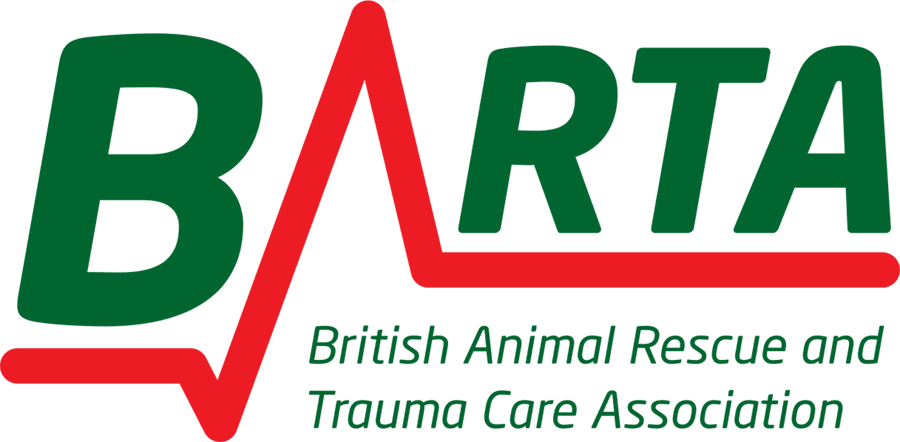Golden Time Concept
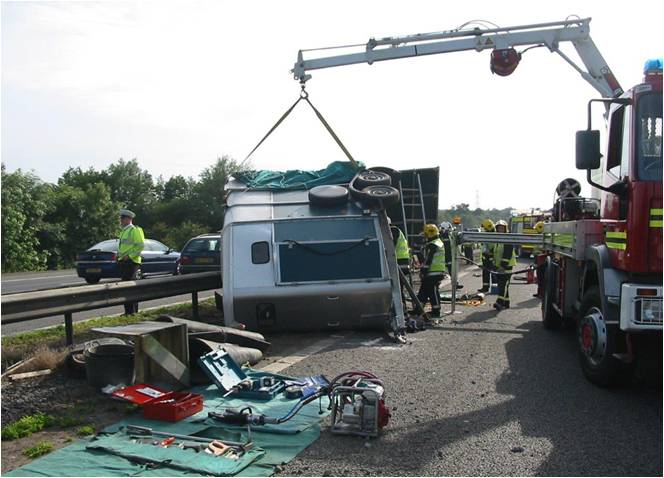
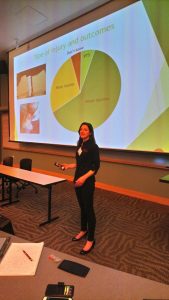
Emma presenting at the BARTA UC Davis Conference in October 2017
Dr Emma Punt is the research lead for BARTA as well as being a McTimoney equine and canine chiropractor.
The ‘Golden Time’ treatment concept was first presented at BARTA’s 2017 conference at University College Davis School of Veterinary Medicine, California in October.
In this post Emma shares her vision for how vets and McTimoney therapists should rethink their approach to post-trauma care.
The 2-6 weeks after the incident is the ‘Golden Time’ when a horse would hugely benefit from being assessed by a vet and a physical therapist such as a chiropractor in order to improve outcomes and manage owner/rider expectations.
This is the period when Emma believes a partnership approach between vets and chiropractors could make a huge difference.
At conference Emma presented the preliminary results from a UK wide survey that she initiated with Nottingham Trent University. The survey has shown up to 52% of transport accidents resulted in a horse being hurt, with 30% of those injured being left with chronic issues.
Emma said…
“In recent years I’ve seen increasing numbers of horses with musculo-skeletal issues caused by transportation accidents. This inspired me to look at how vets and McTimoney chiropractors could work in partnership to offer enhanced rehabilitation after the accident, to improve outcomes for both horses and owners.”
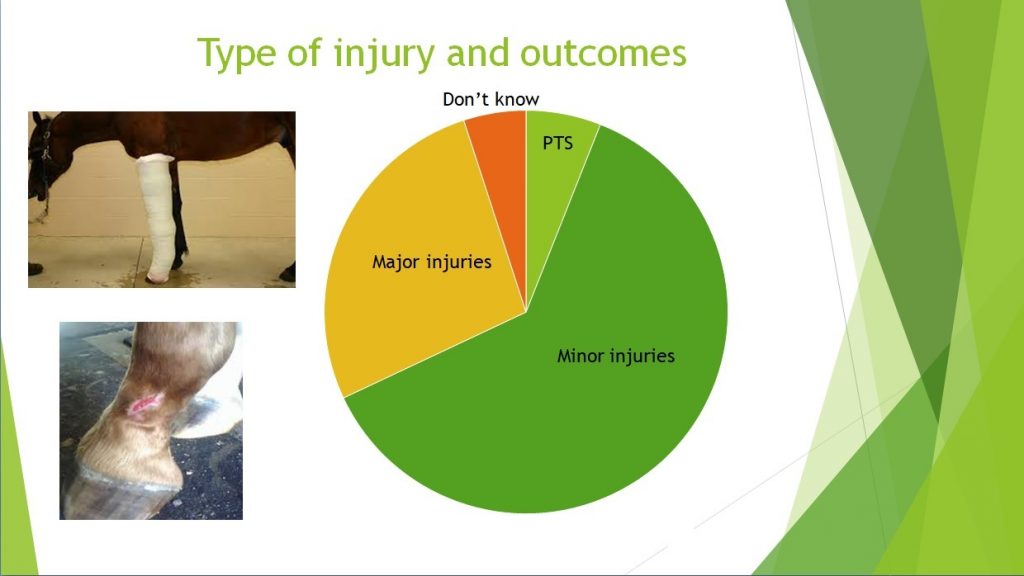
Data covering the types of injuries and outcomes
“Today, when a horse is rescued, it might be considered viable on first inspection at the roadside, but it may never return to work. It may even end up being put down at a later date.
We should recognise that during an incident the horse is full of adrenaline and stress hormones. The horse has probably been sedated in order to enable the rescue, and it wouldn’t be safe to trot the horse up on the road”.
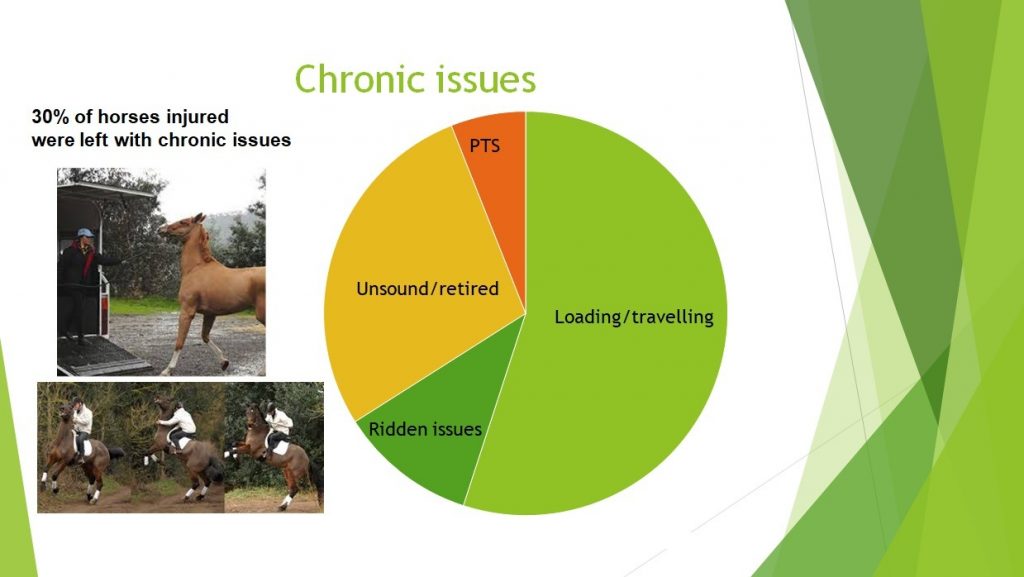
Data covering the levels of chronic issues identified in the survey
“So a roadside assessment may not show all or any of the injuries the horse has sustained.
These might even be fatal, result in the horse being put to sleep, have a detrimental impact on the horse’s ability to work, or mean that the horse cannot reach the same level of performance enjoyed before the accident or that the horse is left unsound and needs to be retired”.
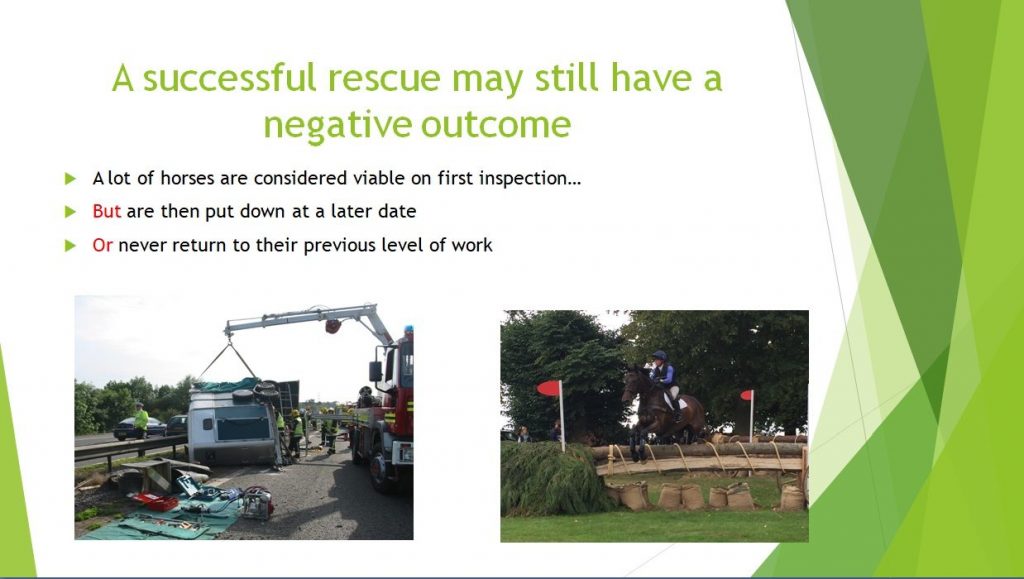
Was it a successful rescue?
In taking a different approach to assessing the viability, and in particular any hidden injuries such as musculo-skeletal issues that can be treated with McTimoney, in the 2-6 weeks after the accident could revolutionise follow-up care.
This would ensure more horses can return to work.
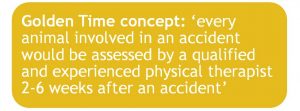
If you want to find out more the work Emma is involved in, why not check out her website at: www.emmapunt.com

